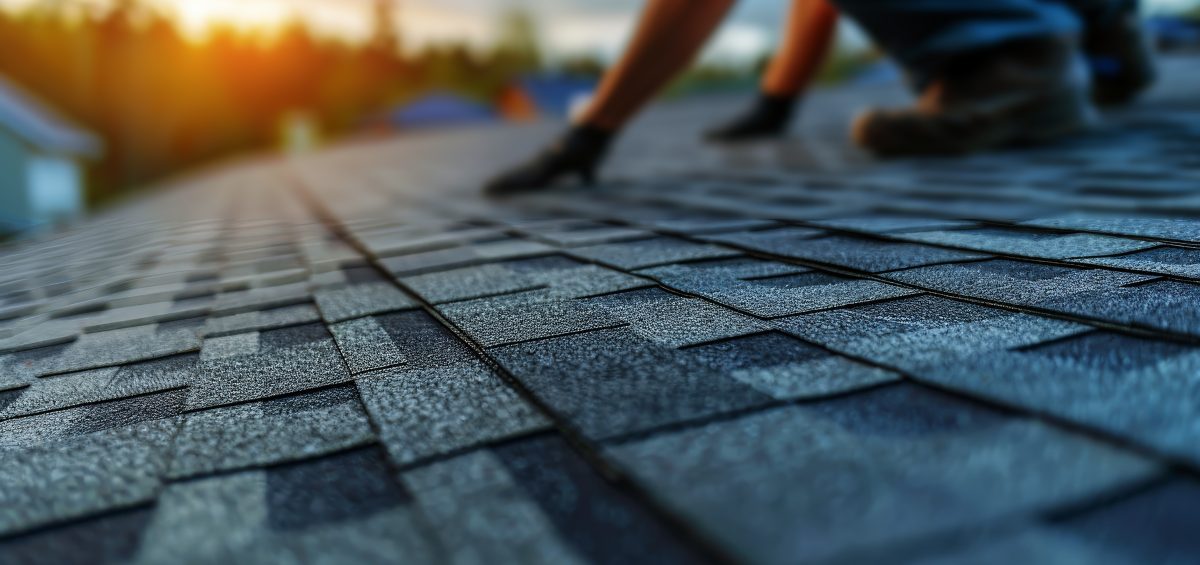Roofing is one of the most dangerous professions in construction, with workers routinely exposed to hazards that can result in severe injuries or fatalities. According to the Health and Safety Executive (HSE), almost one in five deaths in construction involve roof work.
If you run a roofing business, protecting the health and lives of your employees is critical. This involves creating a safer work environment by understanding the potential risks and taking every measure to mitigate them.
A safer roofing industry benefits everyone—businesses, workers and clients alike. By taking action today, we can reduce injuries, save lives and build a stronger, more responsible sector.
The Leading Causes of Roofing Injuries
Roofing injuries predominantly result from falls, slips and trips, as well as accidents involving moving or falling objects. The HSE report highlights that falls from height account for 80 major injuries each year and make up 20 percent of fatal accidents.
Falls from roofs, ladders and scaffolding often occur due to inadequate safety measures, poor equipment maintenance or human error. Slips and trips, often caused by wet or uneven surfaces, also pose a significant threat.
These statistics highlight the pressing need for robust safety protocols to reduce the likelihood of accidents and protect roofers from life-altering injuries.
Effective Safety Measures to Prevent Accidents
Creating a safer roofing environment begins with adopting comprehensive safety measures. Key strategies include:
-
- Use of Personal Protective Equipment (PPE): Proper PPE, such as hard hats, non-slip boots and fall arrest harnesses, can significantly reduce the severity of injuries. Employers must ensure PPE is provided, well-maintained and correctly fitted to workers.
- Fall Prevention Systems: When working at height, implementing safety nets, guardrails, and fall arrest systems is critical. Proper scaffolding and ladder setup need to be a priority.
- Training and Compliance with Regulations: Training is a cornerstone of accident prevention. Workers must be educated on safe roofing practices and employers should follow the Work at Height Regulations 2005, which require measures to prevent falls wherever reasonably practicable.
- Regular Equipment Maintenance: Regular inspections to spot faulty or damaged equipment can result in quick repairs and ensure safety gear functions effectively.
- Conducting Risk Assessments: Before starting a project, construction sites should be assessed for hazards. This includes evaluating weather conditions, surface stability and the adequacy of safety measures.
Navigating the Legal and Financial Implications of Roofing Injuries
The repercussions of roofing injuries extend beyond physical harm for both workers and employers. Injuries can lead to loss of income and mounting medical expenses, as well as costly legal disputes, increased insurance premiums and reputation damage.
In the UK, injured workers can pursue compensation for workplace injuries under ‘no win no fee’ claims, which ensures they can seek justice regardless of financial constraints. These claims often hold employers accountable for negligence, such as failing to provide adequate safety equipment or training.
Employers, in turn, must prioritise compliance with workplace safety regulations to avoid legal liability. Investing in robust safety programmes is not only a moral obligation but also a cost-effective strategy to reduce accidents, claims and penalties.

